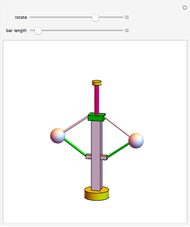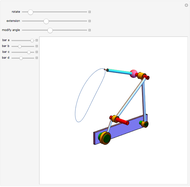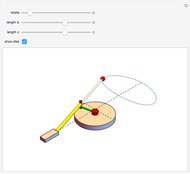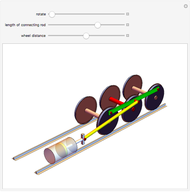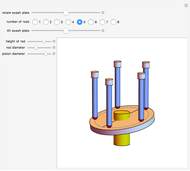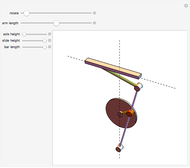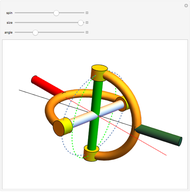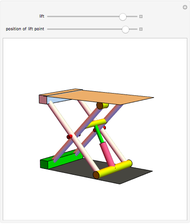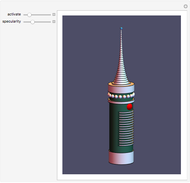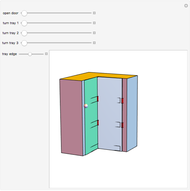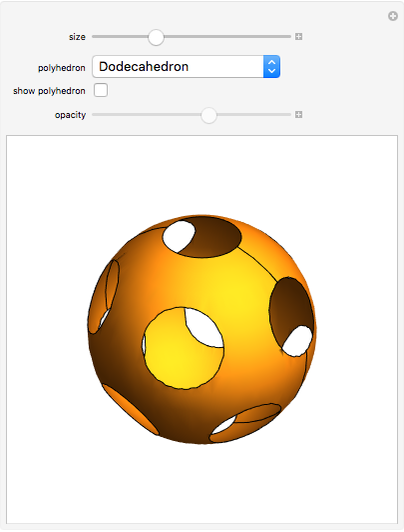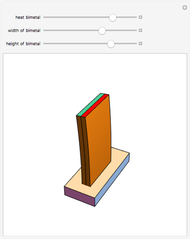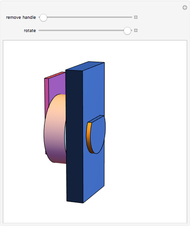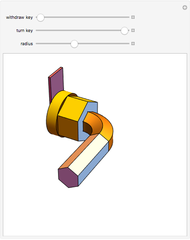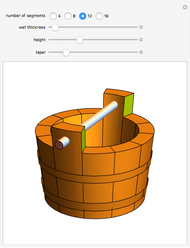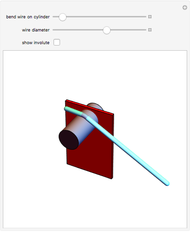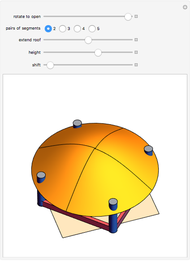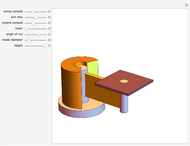Watt Speed Governor

Requires a Wolfram Notebook System
Interact on desktop, mobile and cloud with the free Wolfram Player or other Wolfram Language products.
In the device described in this Demonstration, four rods are attached to each other with hinges at the vertices of a rhombus. Two of the sides are extended, with balls attached at their ends. The top vertex has a constant height. As you rotate the whole assembly, the balls move upward due to centrifugal force. The bottom vertex rises in proportion to the speed; therefore, this can be used to control the speed. A similar arrangement, called a flyball governor, was used by James Watt in his steam engine.
[more]
Contributed by: Erik Mahieu and Sándor Kabai (August 2011)
Open content licensed under CC BY-NC-SA
Snapshots
Details
The height of the bottom vertex is  , where
, where  is the angular speed of the assembly,
is the angular speed of the assembly,  is the length of the arms, and
is the length of the arms, and  and
and  are factors that depend on the geometry of the assembly.
are factors that depend on the geometry of the assembly.
Snapshot 1: lowest speed and longest arms: regulator is completely down
Snapshot 2: highest speed and shortest arms: regulator is completely up
Snapshot 3: highest speed and longest arms: regulator is not fully up
Based on the Demonstration "Rhombic Drive for Speed Governor" by Sándor Kabai.
The formula was taken from S. K. Bose, Theory of Machines, pp. 120–121, 2004.
Permanent Citation
"Watt Speed Governor"
http://demonstrations.wolfram.com/WattSpeedGovernor/
Wolfram Demonstrations Project
Published: August 11 2011






